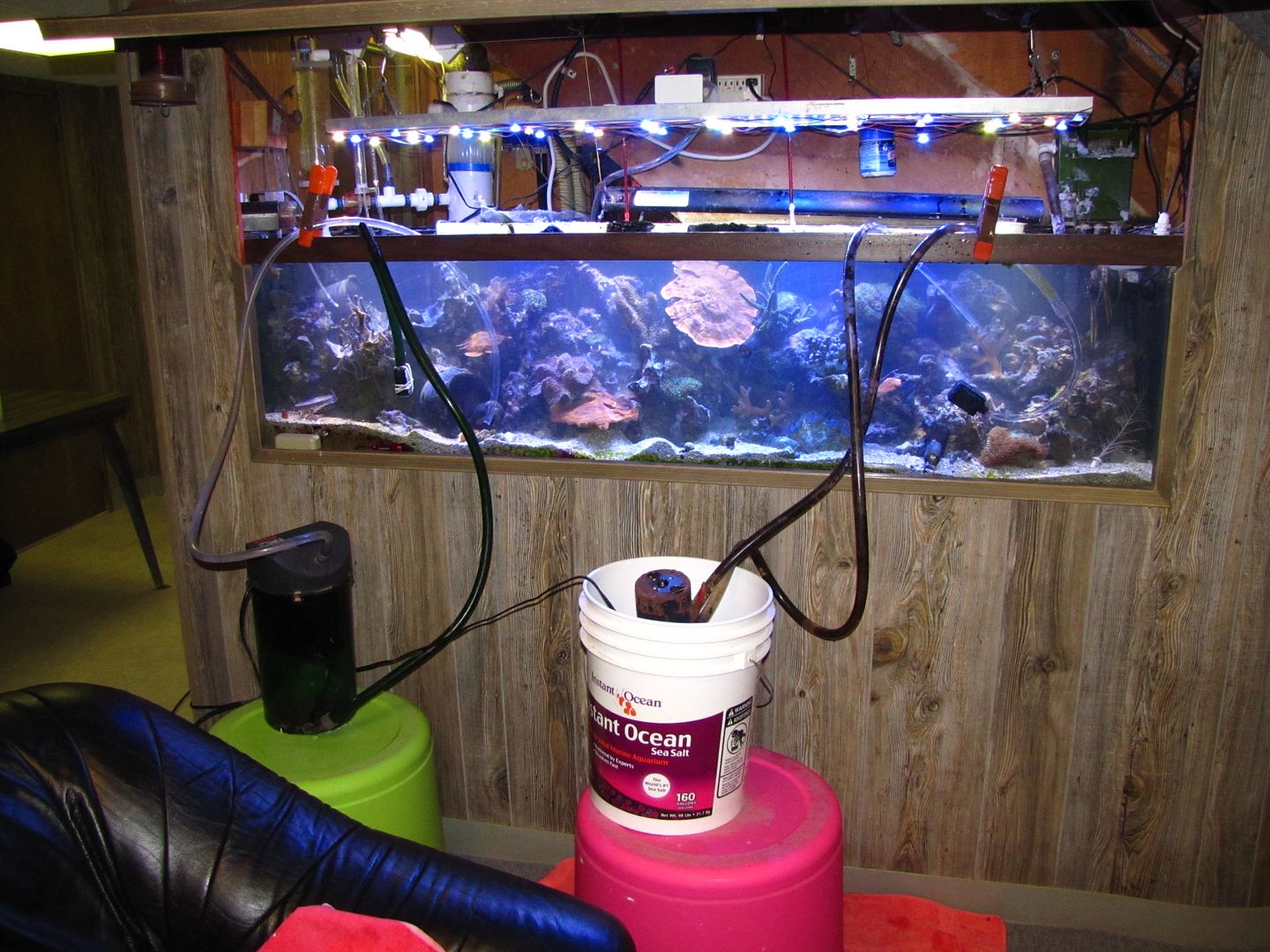Paul B
Premium Member
Paul_b- actually cleans his substrate regularly. I believe he calls them Typhoons.
Yes he does. He told me so. But not for the same reasons DSBs crash or don't last long or whatever the problems are. Me, or "he" has to create typhoons because he, or "me" uses a reverse UG filter which utilizes gravel. The "cleaning" is to ensure the gravel does not clog as I need circulation throughout the entire bed. My system depends on some detritus to slow down the water flow and create areas where bacteria (and pods) will feel welcome. I don't think of detritus as a bad thing, just an inert substance that tends to clog my RUGF.
Sorry for the intrusion. Please continue with your fascinating discussion. :wave:



